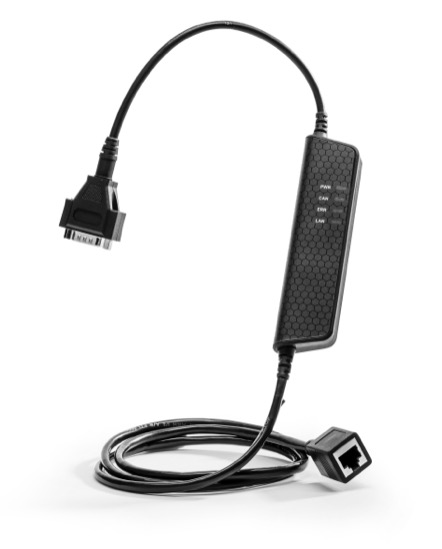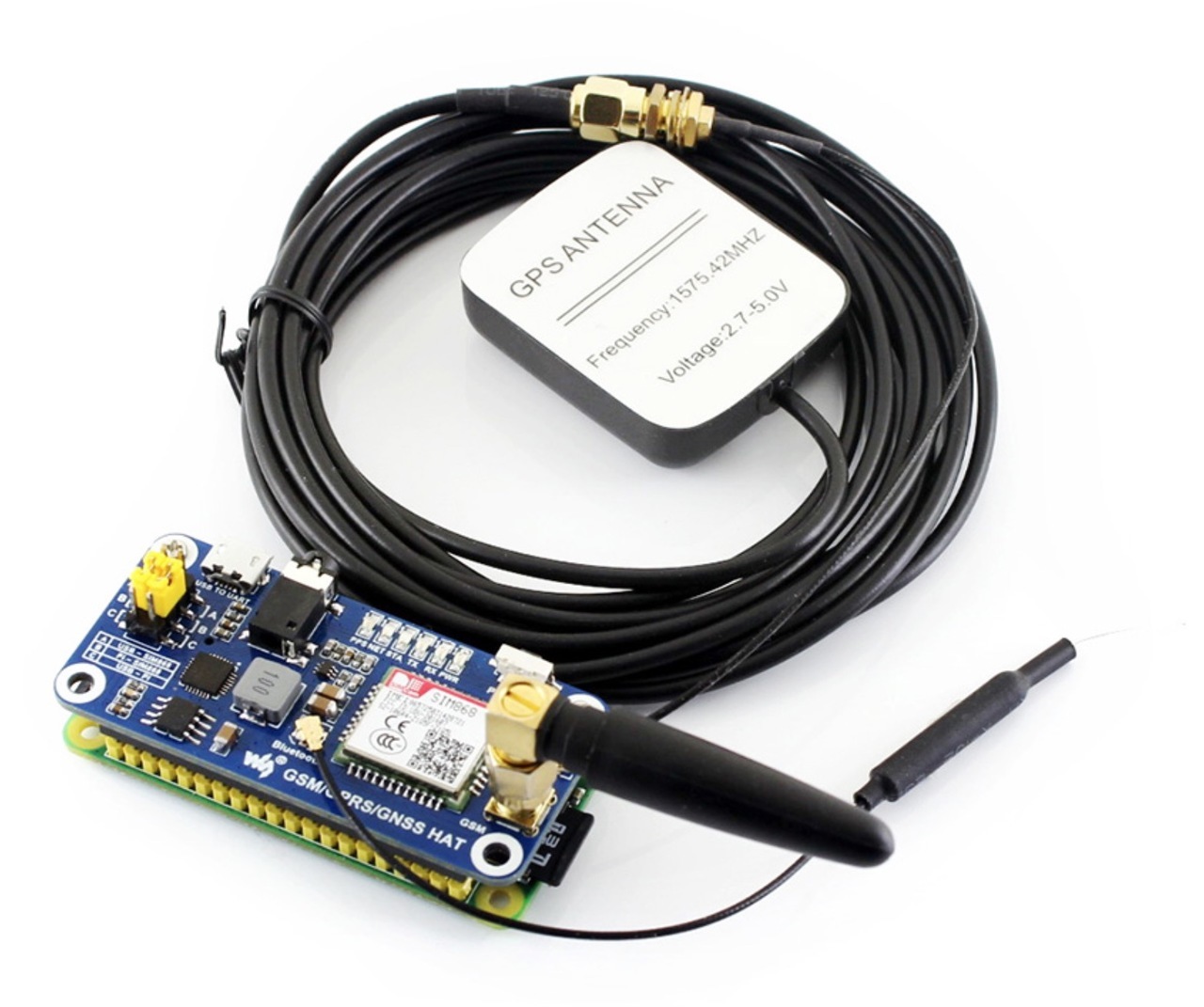Recent Posts
CAN Bus Over Ethernet Interface For Internet-of-Things (IoT) Applications
Posted by on
The EtherCAN HS by Kvaser is a real-time Ethernet-to-CAN gateway interface that, when connected over the Internet to an Ethernet-equipped PC, enables remote CAN Bus data access from anywhere in the world. The built-in Power-over-Ethernet eradicates the requirement for a separate power cable when it is not possible to power the device from the CAN Bus network.
Kvaser's EtherCAN product range allows the implementation of Internet-of-Things (IoT) concepts by sending data from any CAN Bus product or system over a corporate network or the Cloud, using the Kvaser CANlib API. Users of the EtherCAN HS can also decide to connect to the device by using the built-in Rest API for web-enabled devices, e.g., smartphones.
Being a programmable interface, the EtherCAN HS is well suited for advanced applications, such as ECU reflashing. For instance, a program could process CAN Bus messages locally, i.e., within the device, eliminating the WiFi or Ethernet latency.
Features
- High-speed CAN Bus connection (compliant with ISO 11898-2), up to 1 Mbit/s.
- Networked CAN Bus interface with Kvaser t programmability.
- Supports Kvaser REST API, enabling CAN Bus data exchange with a variety of web-enabled devices.
- Time stamp accuracy of 25 µs.
- Ethernet connection has auto-MDIX, so it automatically detects and adjusts for the Ethernet cable being used.
- Built-in Power over Ethernet (PoE) - receives data and power over the Ethernet cable.
- Also receives power over CAN Bus so the Ethercan can be powered through devices such as the Kvaser DB9-Power Inlet.
- Small, lightweight plastic housing with galvanic isolation.
- Fully compatible with SAE J1939, CANopen, NMEA 2000R and DeviceNet.
- Includes Ethercan Factory Reset Device. This device provides the ability to reset the Ethercan's IP address to factory defaults at the push of a button.
GSM/GPRS/GNSS/Bluetooth HAT for Raspberry Pi
This HAT for the Raspberry Pi features multi communication functionalities such as GSM, GPRS, GNSS, and Bluetooth.
It enables the Raspberry Pi to easily make telephone calls, send messages, connect to wireless Internet, global position, transfer data via Bluetooth, and more.
General Features
- Raspberry Pi connectivity, compatible with Raspberry Pi 2B/3B/3B+/Zero/Zero W
- Supports SMS, phone call, GPRS, DTMF, HTTP, FTP, MMS, email, etc.
- Support GPS, COMPASS, Glonass, LBS base station positioning, omni-positioning
- Bluetooth 3.0, supports data transferring through Bluetooth
- Onboard USB TO UART converter CP2102 for UART debugging
- 6x LEDs for indicating the module working status
- SIM card slot for 1.8V/3V SIM card
- RTC with backup battery holder
- Baudrate auto detection (1200bps ~115200bps)
- Control via AT commands (3GPP TS 27.007, 27.005, and SIMCOM enhanced AT Commands)
- Supports SIM application toolkit: GSM 11.14 Release 99
- Comes with development resources and manual (examples for Raspberry Pi/Arduino/STM32)
 Loading... Please wait...
Loading... Please wait...


